Up Next

No fewer than five young drivers from Ferrari’s Academy scheme joined 2021 race drivers Charles Leclerc and Carlos Sainz Jr in this week’s 2018 Formula 1 car sessions at Fiorano.
But are any of them on a path to repeat what Leclerc achieved with his Ferrari-backed flight through the junior classes into a race seat with the Scuderia in just his second F1 season?
There’s naturally a huge amount of attention on Mick Schumacher, but he has plenty of rivals for future Ferrari F1 opportunities.
We take a closer look at the drivers on Ferrari’s books.
Callum Ilott – A touch of James Hunt?
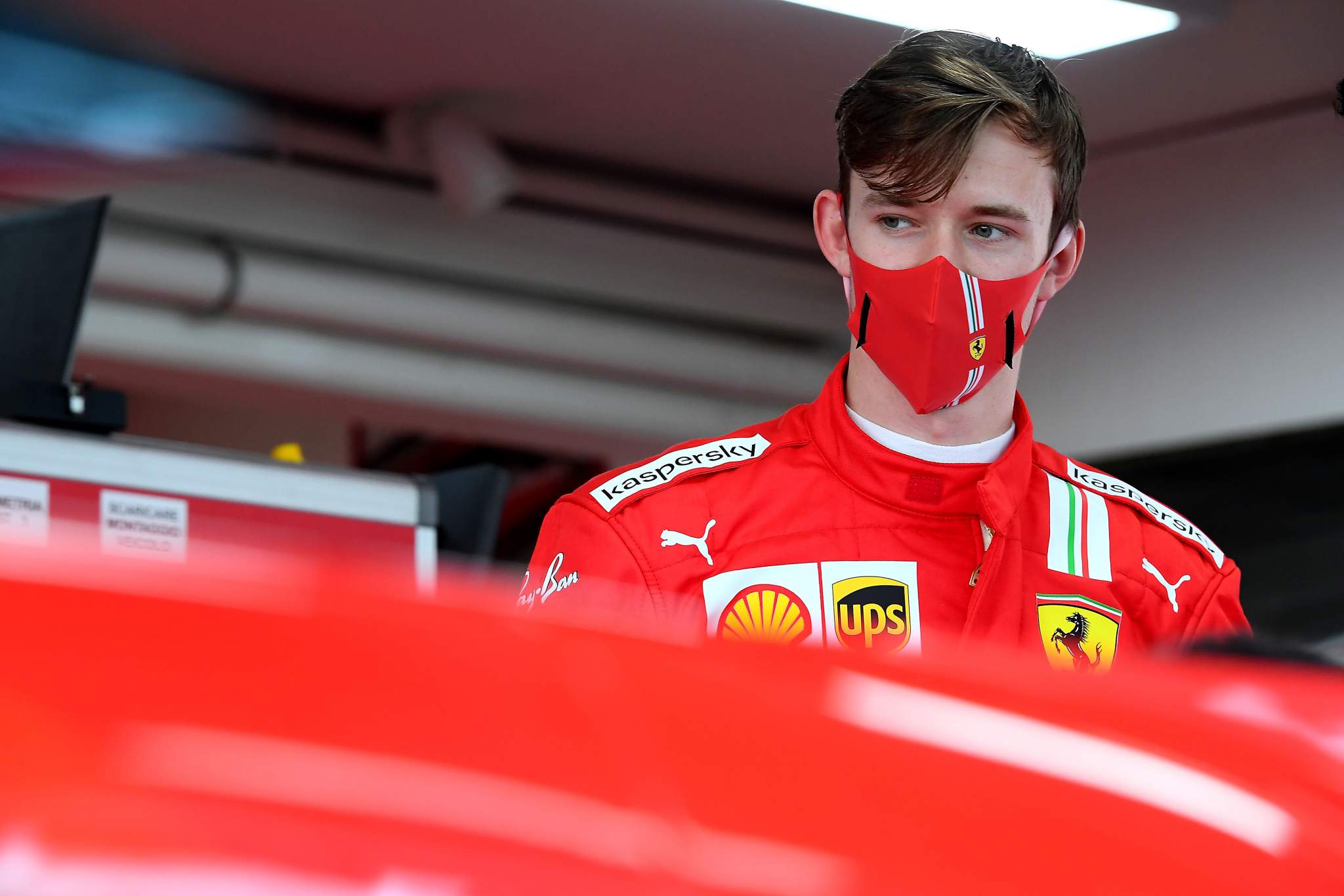
2021 situation: Ferrari F1 test driver
Callum Ilott’s junior car racing career has featured many special moments even if he has never quite put together the sort of stellar seasons that were the norm in his karting days.
His bursts of form have never quite sustained long enough to become seasonal dominance, but his raw speed and wonderful car control have always been much in evidence.
He is personable, confident and funny and there is something of the late great James Hunt about both his personality and mercurial form.
Back in the early 1970s Hunt’s tempestuous nature was reflected in his form in F3 – very high peaks, baffling troughs in between as he acquired experience.
It was in unlocking the key to himself, in understanding himself and how to access all of his talent on demand, that Hunt made progress – and was unrelated to the formula he was in.
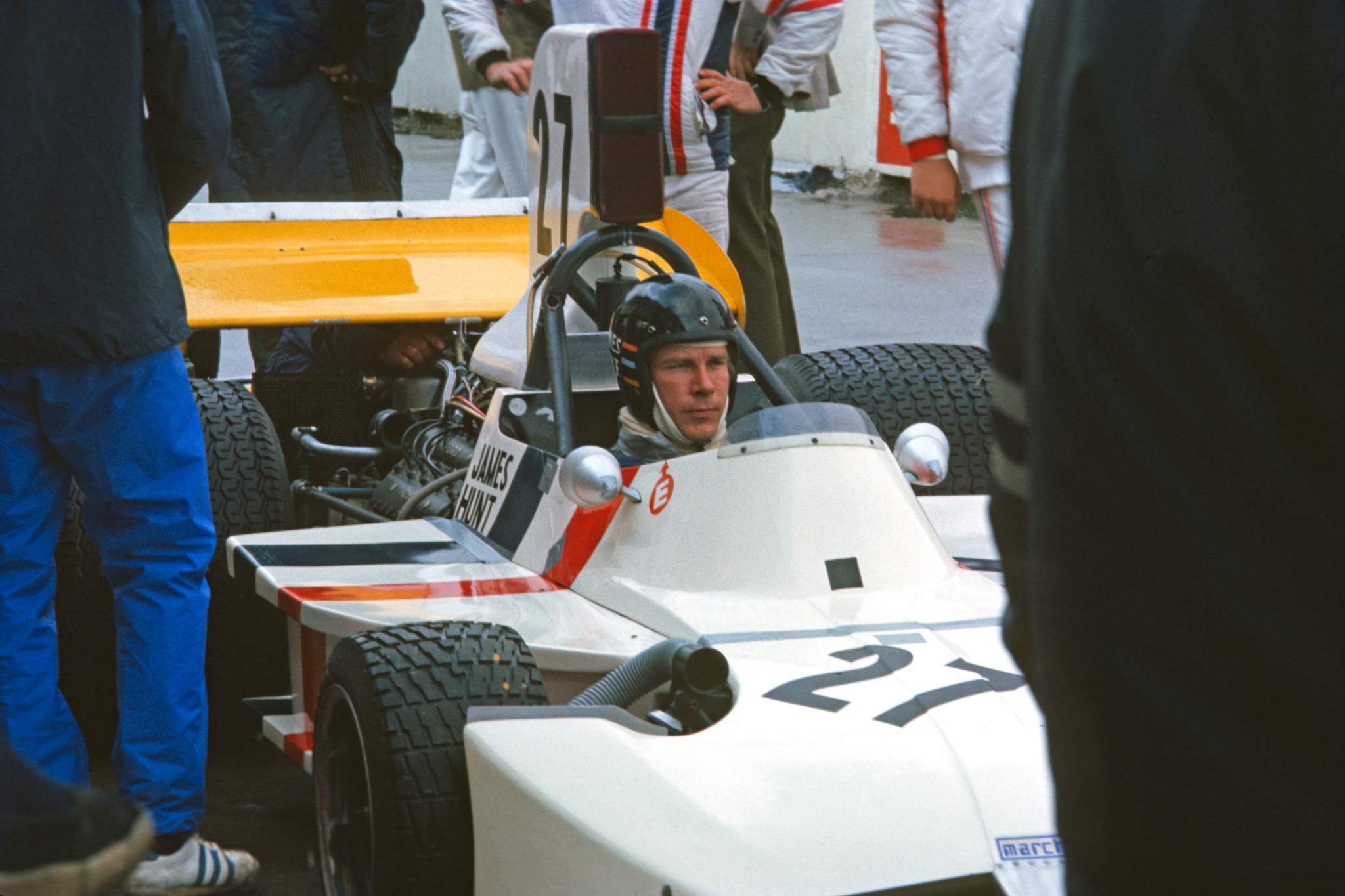
At the beginning of 1973, after three seasons of F3, he was finally ready to fulfil that potential. The original ’73 plan for Hunt and his team, Hesketh, was to contest F2 but realising that F1 was barely any more expensive if they bought a customer car, they took the plunge into the top category together.
Hunt was instantly sensational. By his third race he was pushing for the podium, something he achieved in his fourth grand prix. By the end of the year, he was pushing F1’s acknowledged pacesetter Ronnie Peterson hard for victory all the way to the flag and setting a new lap record as he did so. It was a quite sensational rookie season, quite out of proportion to his reputation up to that point.
It was as if Hunt had done all his learning and developing before he’d even arrived in F1 and the more demanding cars of the top category enabled his progress to be more obvious.
Ilott’s peaks have been exceptionally high but it has taken him a while to begin joining them up. Might the more demanding cars of F1 and the greater demands they make of a driver’s raw ability finally reveal Ilott to be a driver in the mould of Hunt? It’s an exciting possibility. – Mark Hughes
Robert Shwartzman – Next in the queue
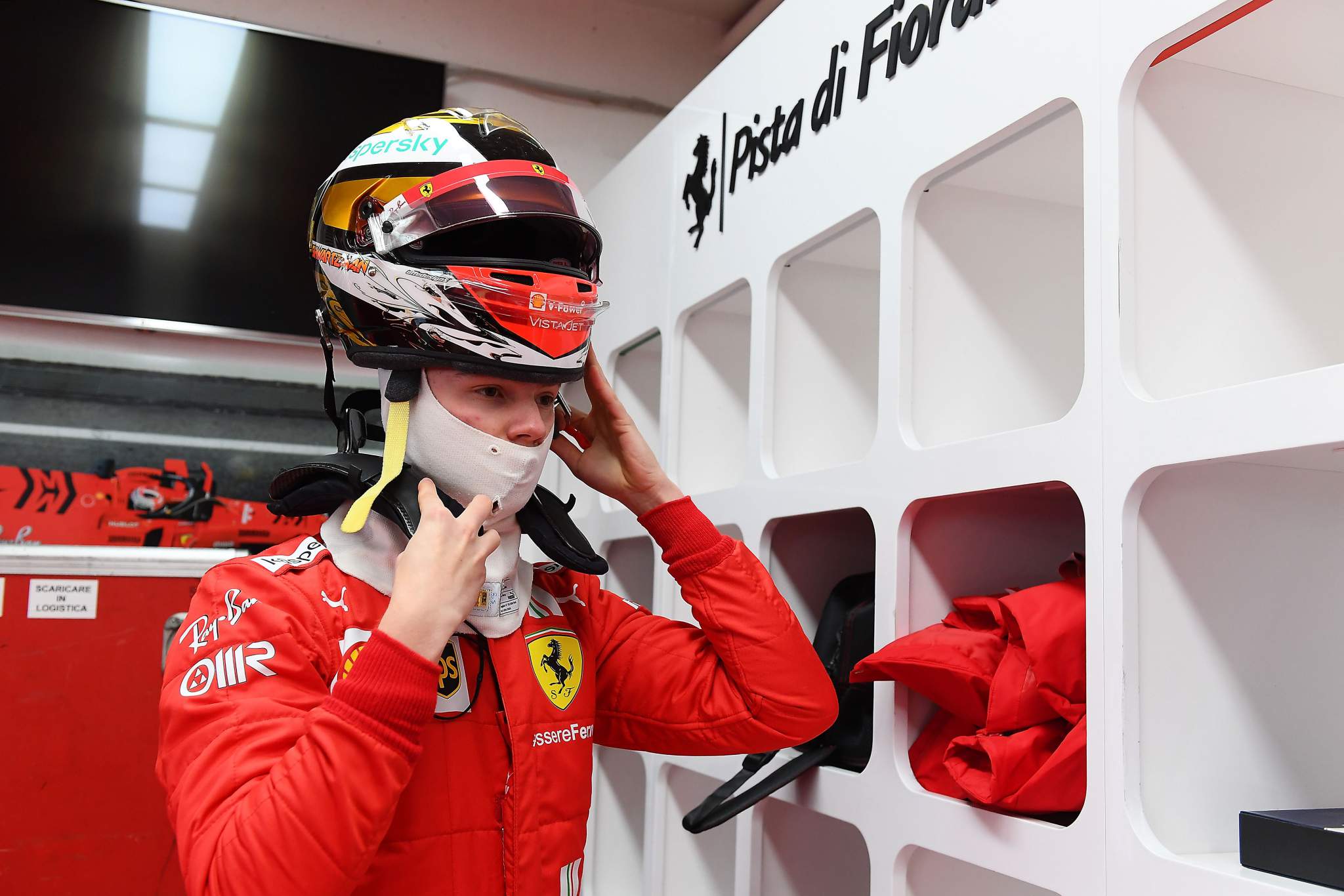
2021 situation: F2 with Prema
There’s a lot to like about Robert Shwartzman’s junior single-seater CV so far, from winning a pretty credible six races in a single Formula Renault Eurocup season to his titles in the Toyota Racing Series and F1 support series F3. The latter was what effectively confirmed his status as a top F1 prospect.
His debut F2 season certainly did no harm to Shwartzman’s reputation – if anything, finishing fourth in a first F2 campaign might be even more impressive than winning an all-Prema contest for the F3 title in 2019. What he did last year probably means his graduation to grand prix racing is a matter of if rather than when.
There was probably already a good case to get him on the F1 grid this year (arguably, he’s been as impressive as anybody in F2 save for Yuki Tsunoda) but he’s not quite an all-round complete package just yet.
The big question mark is qualifying – Shwartzman has only two poles to show for his past two seasons, and qualified ninth on average in F2 last year.
That’s not good enough but it’s not like Shwartzman isn’t aware, and it wasn’t a trend in the early years of his career.
But if this is successfully addressed for 2021, the Russian has proven to be such an incisive and calculating racer in the last two seasons that it is hard to see beyond him for the F2 crown, or for the next Ferrari-backed F1 promotion. – Valentin Khorounzhiy
Marcus Armstrong – A big year ahead
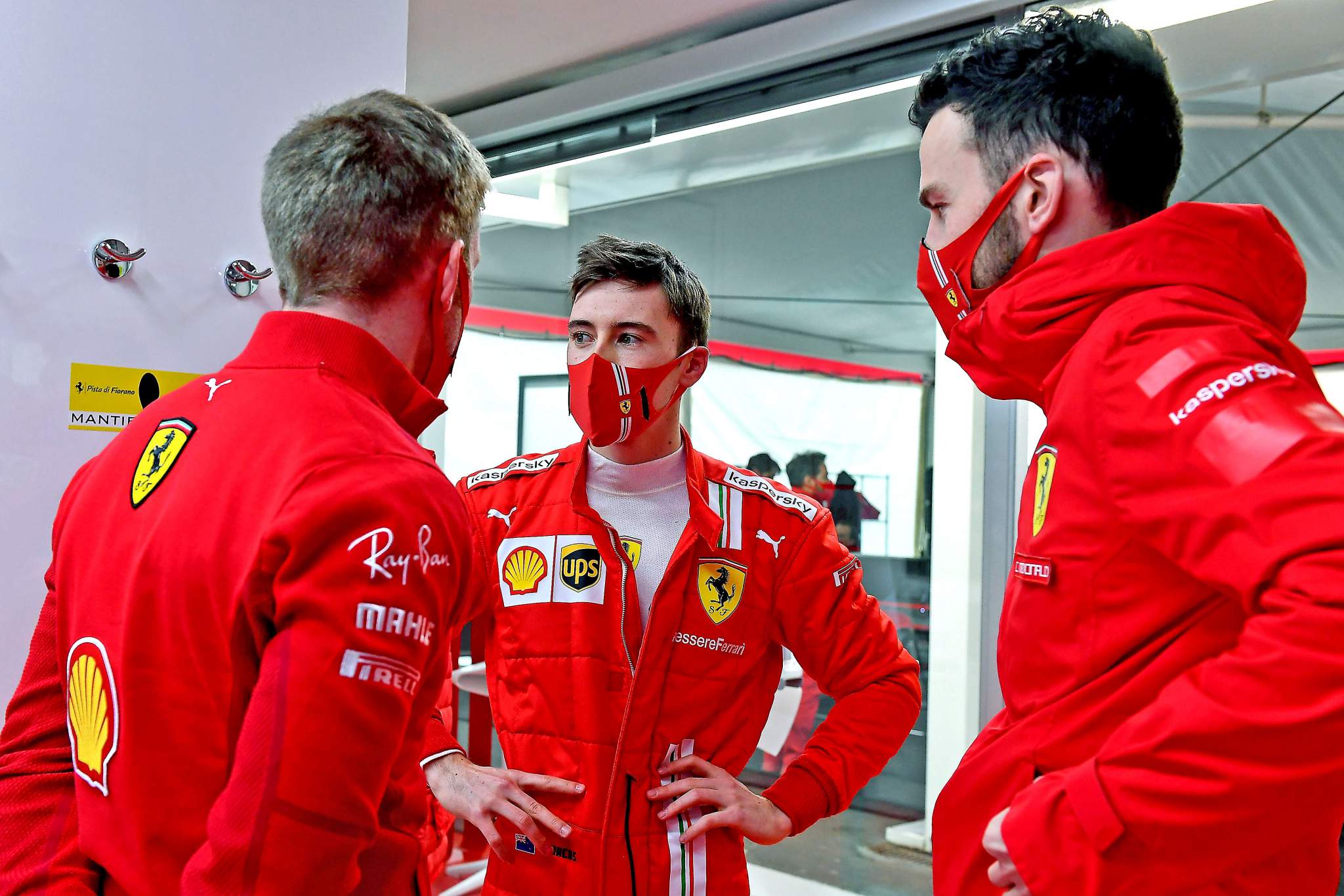
2021 situation: F2 with DAMS
The extremely likeable Armstrong is something of an enigma in the car.
On his day he’s been every bit as impressive as some of the top junior drivers in the world, able to unlock staggering one-lap pace or battling race victories.
But perhaps his 2019 F3 season – where he made one too many errors against the super clean and consistent Shwartzman – sums up his rise so far.
He was able to show that he can be quicker than the man who now looks like Ferrari’s next big thing, but a lack of consistency at that level hurt Armstrong’s chances and left Shwartzman with a clearer path to the title than he could have had.
Those who have studied ART Grand Prix’s form in Formula 2 will know that the second driver in the team often struggles, and Armstrong was certainly in that category last year as Christian Lundgaard finished seventh with two victories and a winless Armstrong was 13th.
In recent seasons Nikita Mazepin and Jack Aitken have been that struggling driver at ART and both have crafted F1 opportunities. I believe Armstrong’s upside to be higher than both, but a lack of consistency won’t help the Kiwi get into F1. 2021’s a massive year. – Jack Benyon
Is Mick Schumacher destined for a Ferrari F1 race seat?
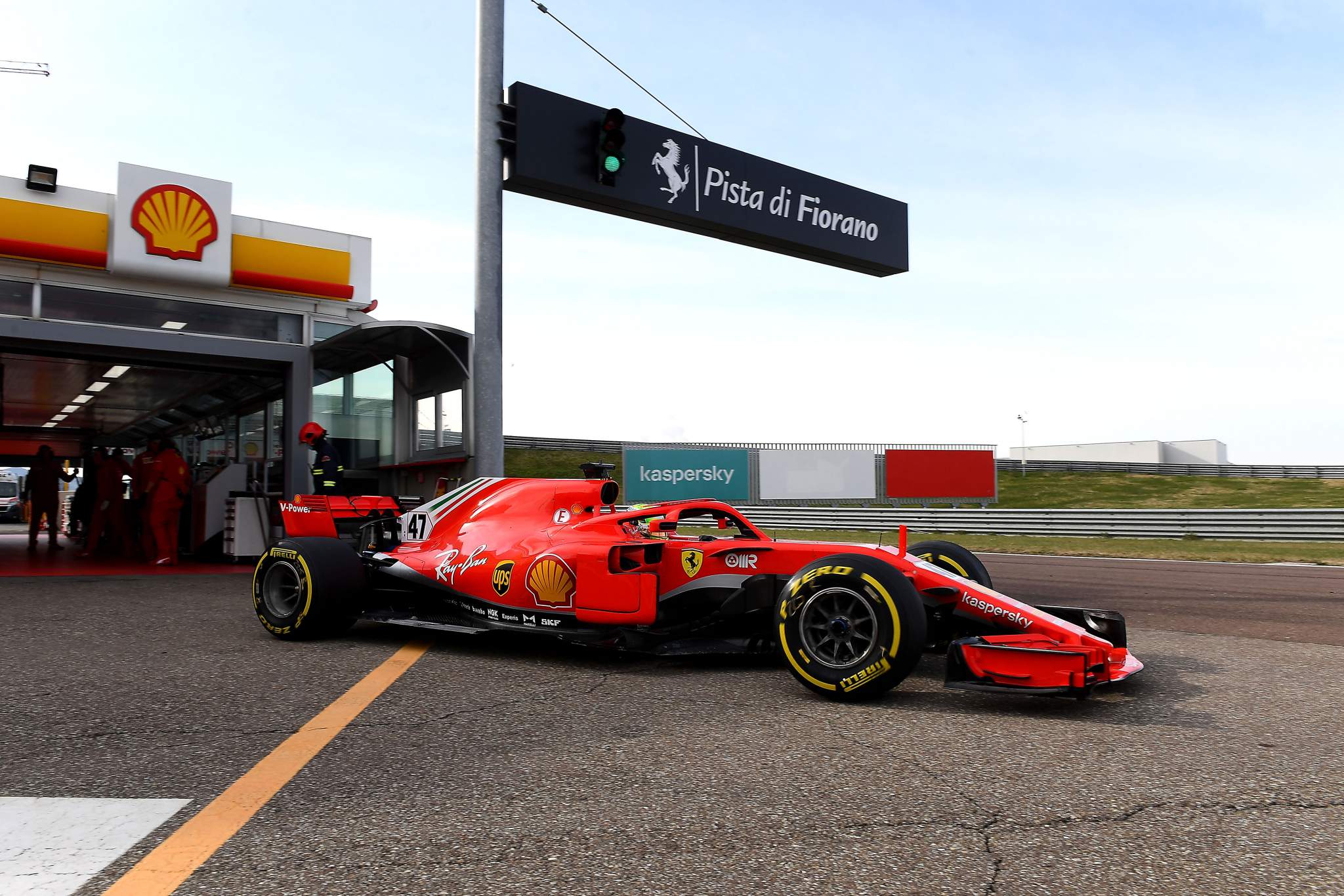
2021 situation: F1 driver with Haas
Given the deep relationship between Ferrari and the Schumacher family, there was emotional logic to Maranello taking Michael’s son under its wing. And Mick’s form in the junior championships in recent years has proved he’s in the FDA emphatically on merit.
But F1 is where the fairytale element has to become just a side story. This is now 100% about results. Ferrari helping Schumacher Jr to get a foothold in F1 is one thing. Ferrari putting Schumacher Jr in one of its own F1 race seats has totally different criteria around it.
Even before Michael’s injury, the idea of another Schumacher racing for Ferrari in F1 had a huge emotional pull. Given what’s befallen the Schumacher family, there’s even more weight on the possibility now.
Mick deserves his spot on the F1 grid, but there are still weaknesses in his game – particularly around qualifying pace – to address and he now needs time to quietly learn in the midfield and prove himself at the very top level before anyone even thinks about mulling whether he should be in a Ferrari race seat. – Matt Beer
Farewell to Giuliano Alesi
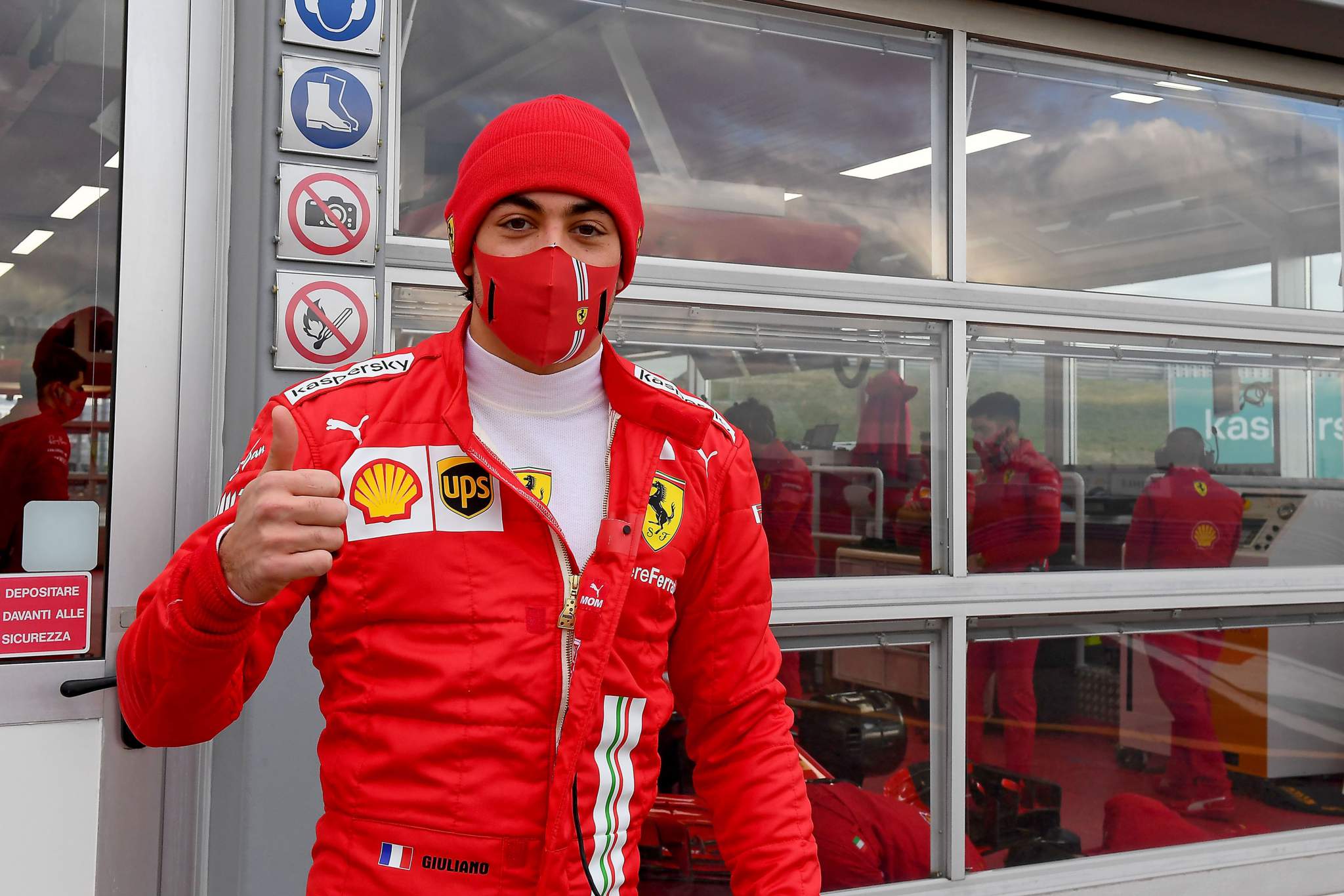
2021 situation: Leaving the FDA
I feel sorry for Giuliano Alesi, whose first F1 test with Ferrari this week was a goodbye gesture as he’s exiting the Driver Academy and heading for Asian motorsport.
He’s a lovely character, especially for someone who’s been under the constant pressure of a famous surname for his whole career. No sense of entitlement or self-importance present.
Perhaps a pole and a win in his debut car race in French F4 back in 2015 immediately set the bar too high, but from there on in his path to stardom was unusual in an F1 context.
In his second year in cars, he went straight into GP3 – taking a single point in a move that proved far too early at that level – before a three-win season in 2017 started to make him look a bit more like a prospect.
But then he stayed for a third season in the series with Trident and finished seventh. He scored fewer points in the entire season than new team-mate David Beckmann did when he joined for the final 10 races.
Trident has never been a frontrunning F2 team so Alesi beating a succession of team-mates to 15th in the standings meant little in his 2019 campaign.
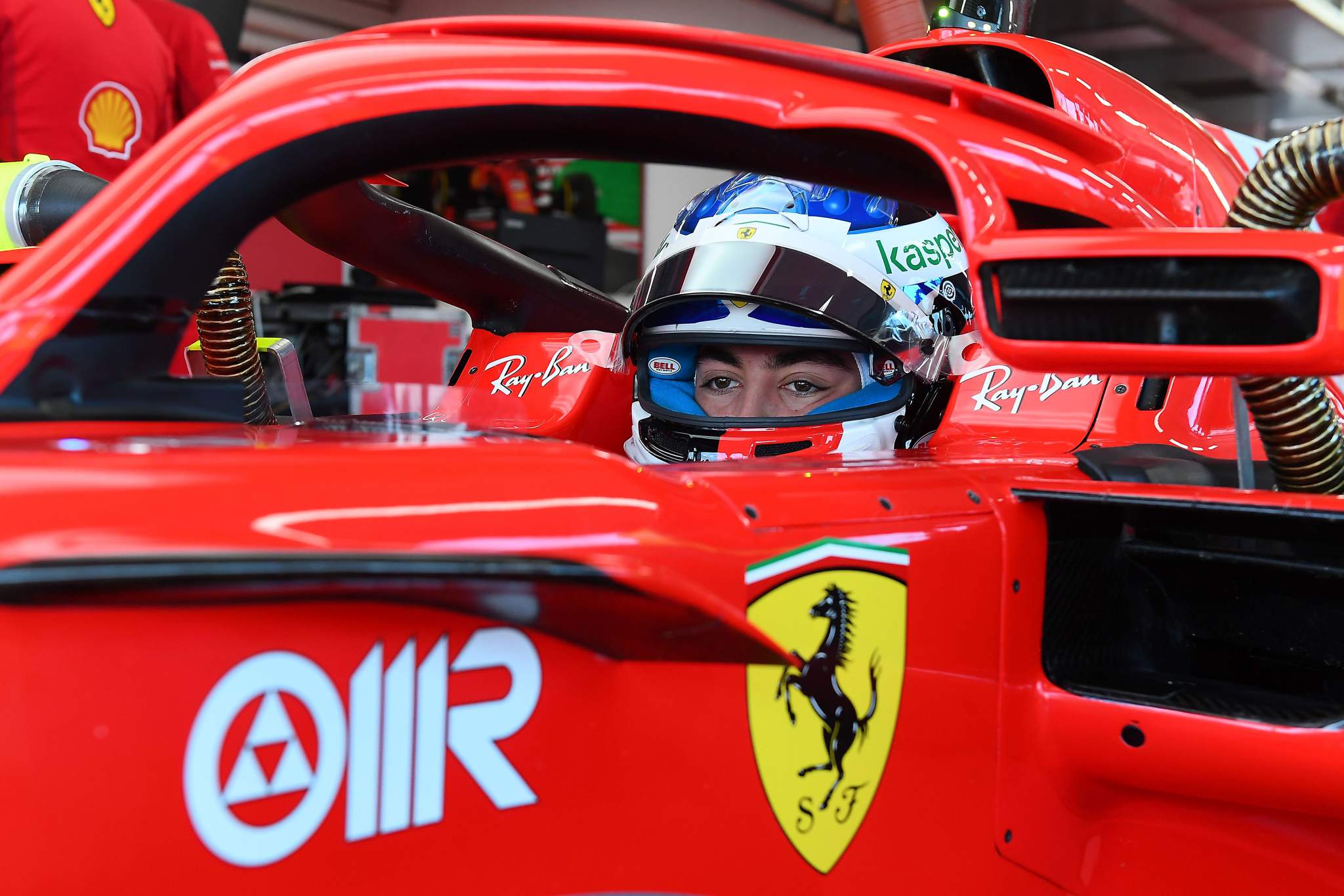
And that season included a puncture at Eau Rouge that was the first in a number of factors which – through no fault of Alesi’s – triggered Anthoine Hubert’s fatal crash at Spa. Being involved in an incident like that can weigh heavily on a person, especially one as thoughtful as Alesi.
Joining Hubert’s old Arden team rebranded as HWA in F2 for 2020, he beat team-mate Artem Markelov across the season to 17th in the points but the team was nowhere with the new 18-inch wheel. Switching to MP Motorsport for the final six races proved little.
There’s no doubt there’s innate talent and probably above average racecraft in Alesi’s locker, even if he isn’t at the level required to reach F1.
Perhaps the pressure of his surname combined with a number of unusual decisions along the junior single-seater ladder stymied his efforts to reach his potential. When he did get an opportunity, he didn’t always produce the goods when it mattered most.
There will always be those who claim his Ferrari backing was given because of Jean only, but there’s no doubt Giuliano has talent. He’s just never been able to show it consistently at the right team, at the right time. – Jack Benyon
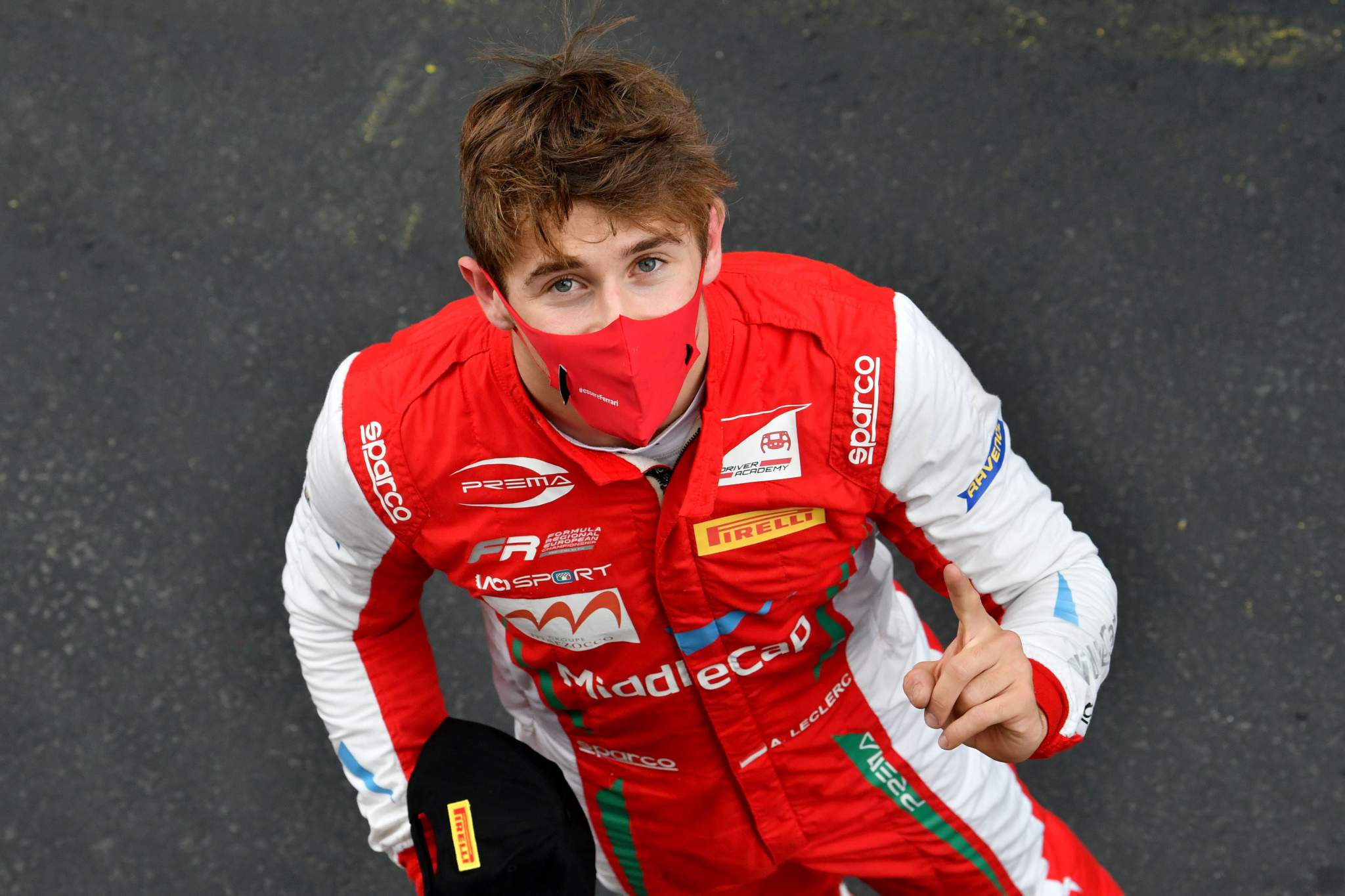
Who else is on Ferrari’s books?
While F2 was packed with Ferrari representation, the team also had one junior in F3 last year in Enzo Fittipaldi, who finished a reasonable but unspectacular 14th for HWA courtesy of a particularly strong performance in the Mugello finale.
He scored considerably more than his Red Bull-backed rookie team-mate Jack Doohan but considerably less than his other team-mate, HWA’s experienced lead Jake Hughes.
And after testing with HWA for all of the post-season, whether Fittipaldi can show more in 2021 probably depends on whether the team has made significant strides (assuming they do continue together).
Outside of the F1 support ticket, Ferrari had two of its juniors – Gianluca Petecof and Arthur Leclerc – fight it out for the Formula Regional European title in 2020, after Fittipaldi finished a fairly distant second to new Mercedes junior Frederik Vesti in the same serious a year prior.
In truth, compared to the Vesti walkover the 2020 edition of the FREC was instead a weird, topsy-turvy kind of title battle and any of the three Prema drivers, whether it be Petecof, Leclerc or Oliver Rasmussen, could’ve feasibly won the title if the dice fell right.
And though Petecof ultimately did, it’s Leclerc who may have won the proverbial war, having secured a plum Prema F3 seat for 2021.

Leclerc, whose karting experience is seriously limited and whose single-seater career didn’t begin until his brother Charles had properly made it, has made a good account of himself in open wheels so far. He was a race winner in French F4 and a title contender in ADAC F4 in the two seasons before Formula Regional.
But a move to the FIA F3 series, even with Prema, will pit him against much tougher opposition than he’s faced before, and will probably be the first reliable indicator we get of whether he is genuinely an F1-level talent.
Petecof too is not quite a proven F1-level quantity yet but certainly deserves the chance to prove he can be one, with some very credible F4 results supplanting his FREC title. However, considering he needed to scrape together budget mid-season to even finish out his 2020 campaign, he might be in for a complicated year – especially with most top-line seats in the logical next step, F3, already taken.
Digging further down on the junior ladder, Ferrari has three more names in its roster. The first, Dino Beganovic, has just completed his debut open-wheel season with third in Italian F4 – a credible achievement, but one dwarfed by his Prema team-mate Gabriele Mini, who dominated the series.
Mini and Beganovic will now drive for rival teams in the post-merger, Alpine-backed Formula Regional series, and though it’s Beganovic who’s sticking with Prema, this also means a top team-mate in David Vidales. This will prove a huge test of his future F1 credentials.
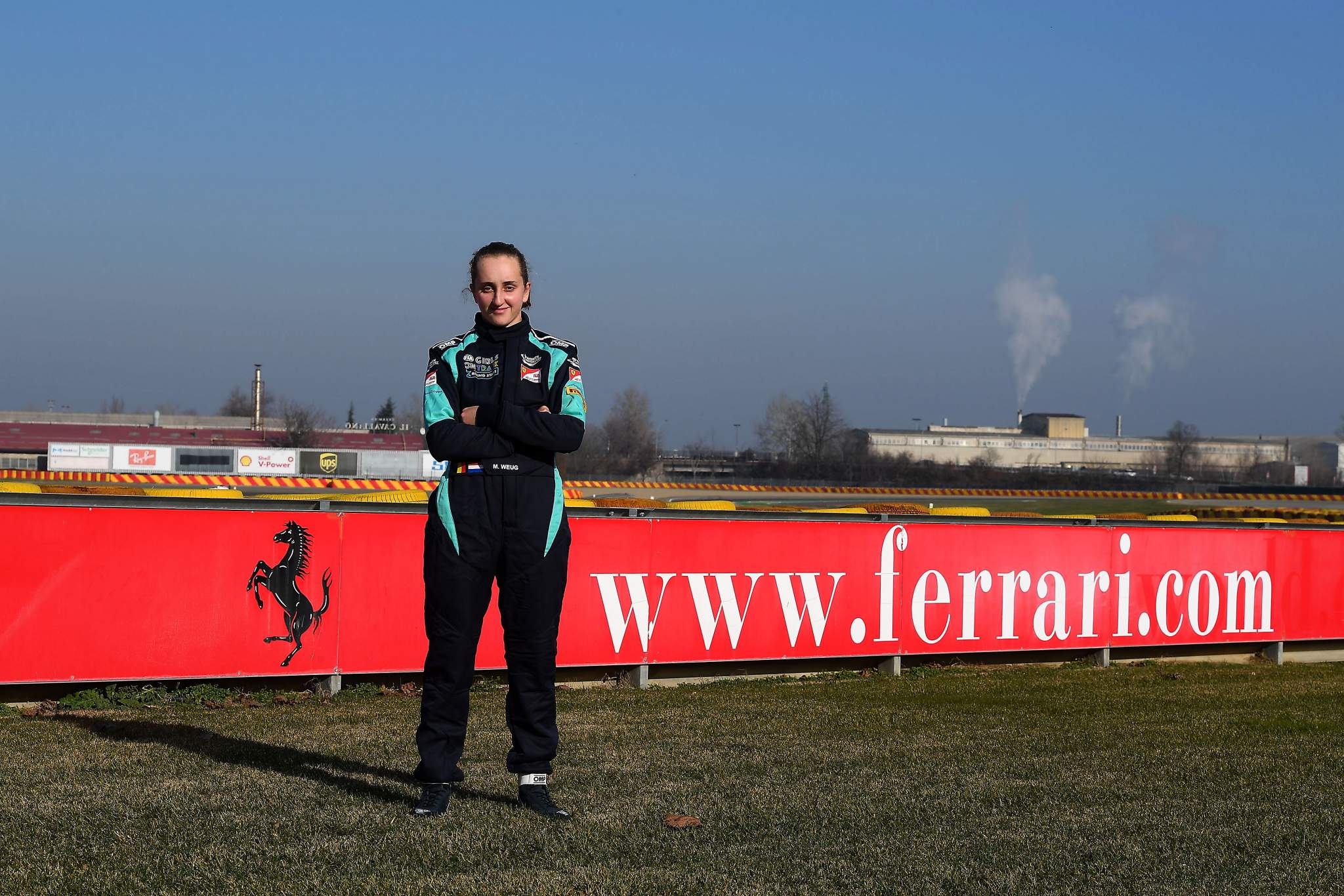
There’ll surely be more attention on Maya Weug’s progress in whatever Formula 4 series she’s placed in than there will be on anyone else at F4 level in 2021.
Last week the 16-year-old was announced as Ferrari’s first female junior, having emerged triumphant in a comprehensive shootout process run by the team and the FIA Women in Motorsport Commission’s Girls on Track programme.
Though Ferrari’s far from the first F1 team to have female representation in a driver development programme, the weight of the Ferrari name and the involvement of motorsport’s governing body makes this a flagship process at a time when improving diversity in racing is such a priority.
That puts a lot of expectation on Weug, but given the multi-year commitment Ferrari and the FIA have made to the overall programme, her 2021 opportunity should just be step one in a scheme with wider ambitions than whether Weug herself ever races a Ferrari F1 car.
As for the other Ferrari name, James Wharton, it is way too early to talk of F1 credentials. The Australian won the six-man Ferrari Driver Academy shoot-out trial at the end of last year, and will stick with karting for another year – but being part of Nicolas Todt’s All Road stable (along with Armstrong and Mini among others) should, in any case, ensure he doesn’t fall by the wayside. – Valentin Khorounzhiy and Matt Beer






